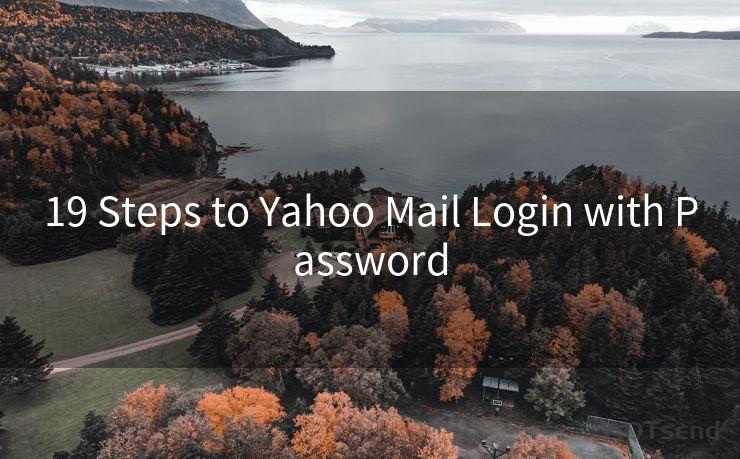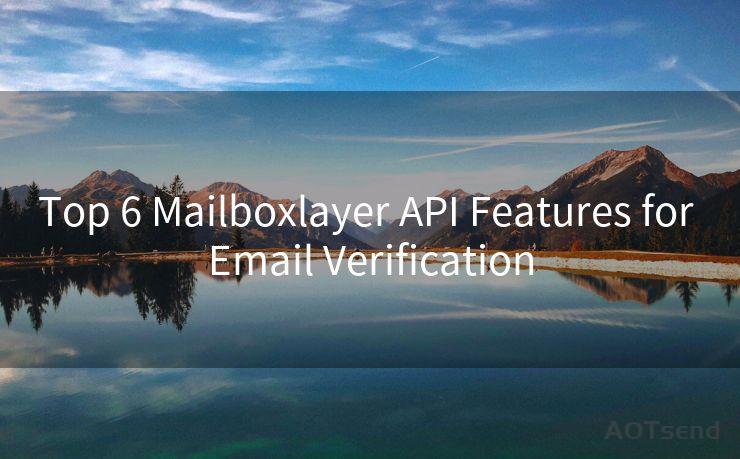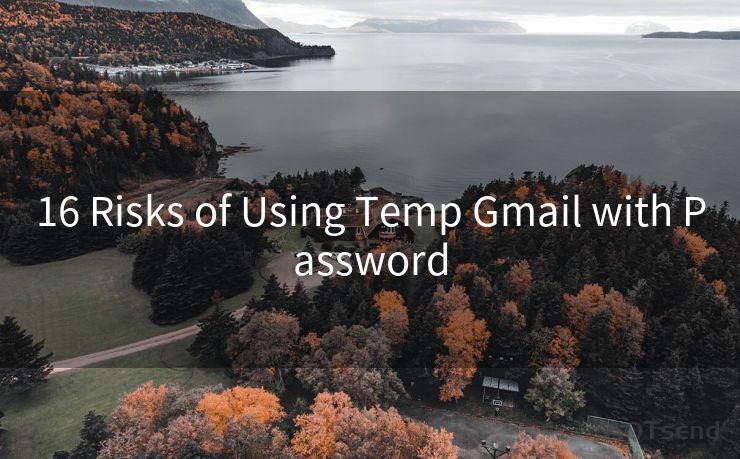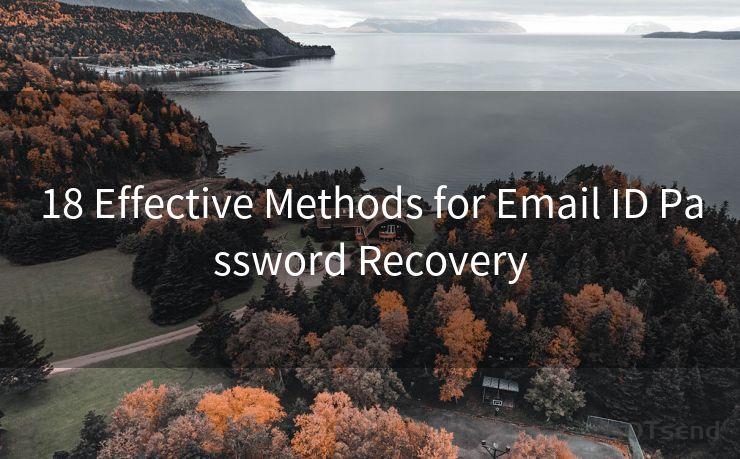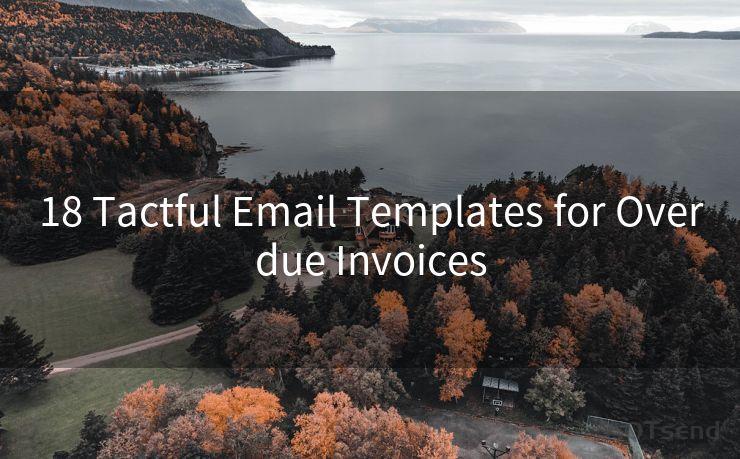17 SMTP Email Authentication Required Best Practices
Hello everyone, I’m Kent, the website admin. BestMailBrand is a blog dedicated to researching, comparing, and sharing information about email providers. Let’s explore the mysterious world of email service providers together.




Email communication has become an integral part of our daily lives, and with the increasing use of emails, it's crucial to ensure secure and reliable email delivery. One of the key components of secure email delivery is SMTP (Simple Mail Transfer Protocol) authentication. In this article, we'll discuss the 17 best practices for SMTP email authentication that are essential for maintaining a robust and secure email system.
1. Understanding SMTP Authentication
SMTP authentication is a process that verifies the identity of the sender before allowing them to send emails through an SMTP server. It's a crucial step in preventing unauthorized access and reducing spam.
2. Implementing Strong Password Policies
Enforcing strong password policies is vital for SMTP authentication. Passwords should be complex, unique, and regularly updated to minimize the risk of unauthorized access.
3. Utilizing Secure Connection Protocols
Using secure connection protocols like SSL/TLS ensures that the authentication process and email transmission are encrypted, protecting sensitive information from being intercepted.
4. Monitoring and Logging
Regularly monitoring and logging SMTP authentication attempts can help identify suspicious activities and potential security breaches.
5. Two-Factor Authentication
Implementing two-factor authentication adds another layer of security to the SMTP authentication process. It requires an additional verification step, such as a one-time password, making it more difficult for unauthorized users to gain access.

6. Regular Updates and Patches
Keeping the SMTP server and all related software up to date with the latest security patches is essential for maintaining a secure email system.
7. DNS Authentication
Utilizing DNS-based authentication methods like SPF (Sender Policy Framework) and DKIM (DomainKeys Identified Mail) can further enhance email security and authenticity.
8. Whitelisting and Blacklisting
Implementing whitelisting and blacklisting policies can help filter out unauthorized senders and reduce the risk of spam emails.
9. Limiting Access
Restricting access to the SMTP server to only authorized IP addresses or ranges can further reduce the risk of unauthorized access.
10. Education and Training
Providing regular education and training to users on best practices for email security, including SMTP authentication, is crucial for maintaining a secure email environment.
11. Backup and Recovery Plans
Having a robust backup and recovery plan in place ensures that any potential issues with SMTP authentication or email delivery can be quickly resolved.
12. Regular Auditing
Conducting regular audits of the email system, including SMTP authentication processes, helps identify and address any potential security vulnerabilities.
13. Using Dedicated Email Security Solutions
Investing in dedicated email security solutions that include advanced SMTP authentication features can provide an additional layer of protection.
14. Avoiding Plain Text Authentication
Avoiding the use of plain text authentication methods, which can expose sensitive credentials, is essential for maintaining a secure SMTP authentication process.
15. Enforcing Accountability
Ensuring that all users are accountable for their actions and adhere to the best practices for SMTP authentication is vital for maintaining a secure email environment.
16. Monitoring Third-Party Applications
Regularly monitoring and managing third-party applications that integrate with the email system can help identify and mitigate any potential security risks associated with SMTP authentication.
17. Staying Informed
Staying up to date with the latest email security trends, threats, and best practices is crucial for maintaining a robust and secure SMTP authentication process.
By following these best practices for SMTP email authentication, organizations can significantly enhance the security and reliability of their email communication, protecting sensitive information and reducing the risk of unauthorized access and spam.




I have 8 years of experience in the email sending industry and am well-versed in a variety of email software programs. Thank you for reading my website. Please feel free to contact me for any business inquiries.
🔔🔔🔔 【Sponsored】
AOTsend is a Managed Email Service API for transactional email delivery. 99% Delivery, 98% Inbox Rate.
Start for Free. Get Your Free Quotas. Pay As You Go. $0.28 per 1000 Emails.
You might be interested in:
Why did we start the AOTsend project, Brand Story?
What is a Managed Email API, How it Works?
Best 24+ Email Marketing Service (Price, Pros&Cons Comparison)
Best 25+ Email Marketing Platforms (Authority,Keywords&Traffic Comparison)
Scan the QR code to access on your mobile device.
Copyright notice: This article is published by AotSend. Reproduction requires attribution.
Article Link:https://www.bestmailbrand.com/post5804.html


